Starting a farm at home and growing food is one of the greatest pleasure in life. A vertical farming at home can provide your family with fresh vegetables all-round the year. Vertical farming can even turn into a business of high profits. In general, it is an indoor farming where plants are vertically stacked in wall hanging containers, shelves, racks, garden tower pots, vertical layered trays and so on. There are various benefits of vertical farming.
Here it is discussed about what is vertical farming, vertical farming at home, scope and need of vertical farming, benefits of vertical farming at home, how to do vertical farming at home, vertical farming equipment, vertical farming systems and vertical farming costs.
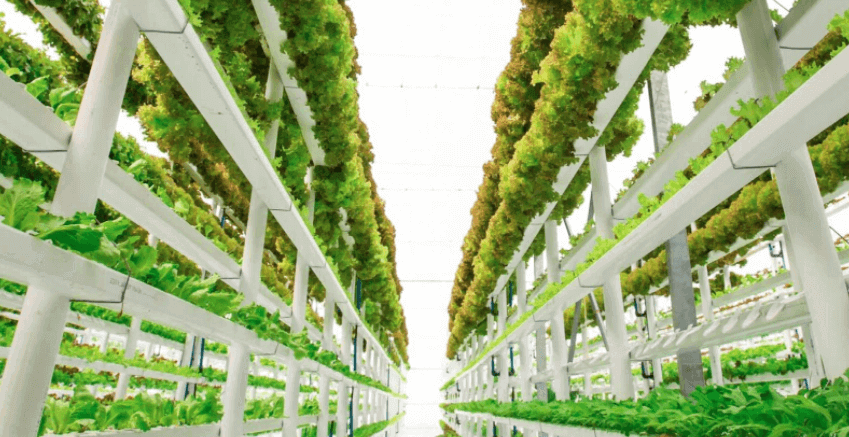
Vertical Farming at Home
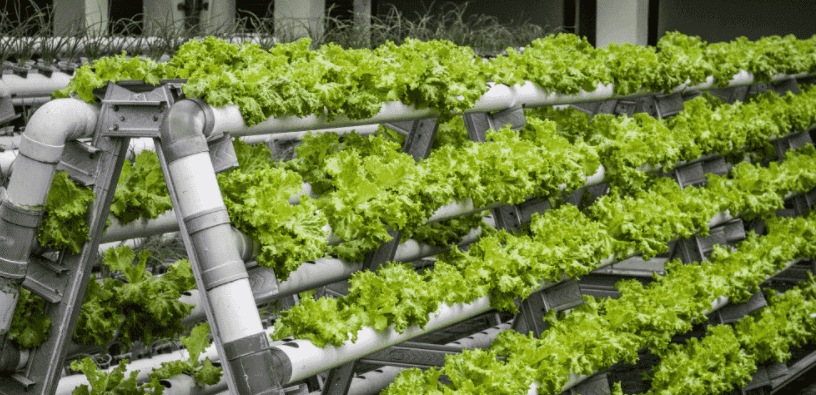
What is Vertical Farming? Vertical farming is a modern method of irrigation of growing large amounts of freshly produce vegetables and fruits in a vertically stacked layer and having potential to bring fresh food to the areas where the climate, space, land fertile, and some other factors are not adequate for traditional farming.
What is Vertical Farming at Home? Vertical farming at home is considered as the next hiking trend for making homes more self-sufficient. Everyone is not blessed with spacious garden that can grow about everything you generally need, but with vertical farming systems you can grow about everything that you need necessarily at your home.
The vertical farming systems is a rewarding experience and a viable option. It is a practice of food producing in vertical stacked layers, such as, wall hanging containers, steel shelves, wooden racks, garden tower pots, vertical layered trays and so on.
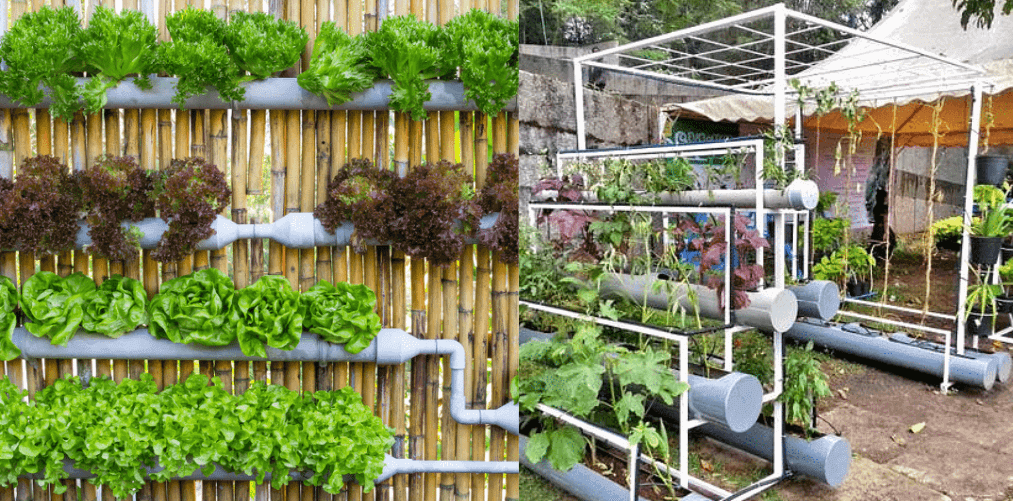
The scope and need of vertical farming at home make use of techniques for indoor farming and Controlled Environmental Agriculture Technology (CEA). In vertical farming at home, it is easy and a possible way to control all the factors of environment, such as, fertilization of land, use of artificially controlled light, control of humidity, gases and temperature present in the environment.
Starting a farm at home and growing food is one of the greatest pleasure in life. A vertical farm at home can provide your family with fresh vegetables all-round the year. A vertical farming can even turn into a business of high profits. In vertical farming there is less water requirement of crops.
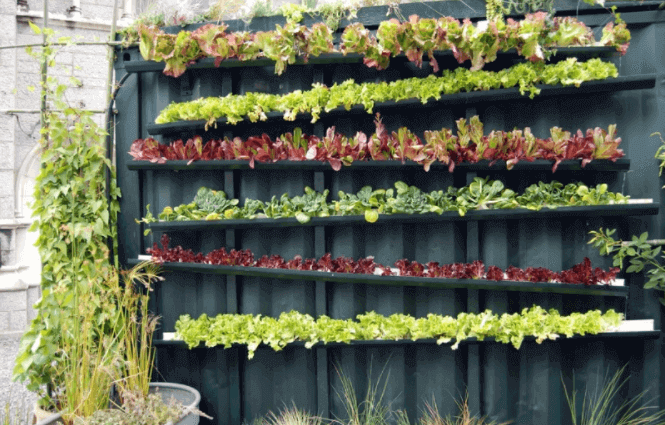
Benefits of Vertical Farming at Home
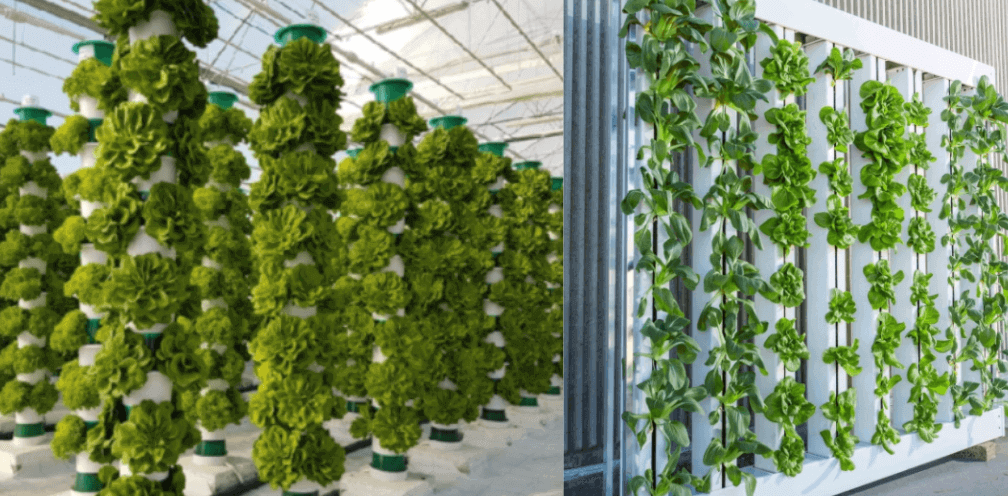
What are the benefits of vertical farming? There are plenty of scope and need of vertical farming. The key benefits of vertical farming are:
- Space Saving: The primary benefits of vertical farming is that it saves a lot of space. The vertically stacked layers in vertical farming at home do not need much space and can grow more crops all-round the year. If you live in urban area then vertical farming is the best option for you to do farming at home.
- Less Water Consumption: As it is known that providing the right amount of water to the roots of plants in a traditional garden is not an easy thing. In hot weather, more water is wasted and as a result, frequent watering is needed. However, in vertical farming, water is recycled, and the excess drop of water is used efficiently as it drips down like the drip irrigation system to the below plants which leads to less water consumption. In vertical farming, the water is saved up to 95% as compared to traditional farming.
- Environment Controlled: Unlike the traditional farming that are exposed to the fluctuations in weather, the vertical farming at home is having a full control over the environment. The environment controlled vertical farming gives you the crops that you exactly need.
- More Crops: As the vertical farming saves space and having a full control over the environment, it can produce more crops in a less period of time. In vertical farming any kind of crops can be grown in a year at any time.
How to do Vertical Farming at Home

To do vertical farming at home you need a small area like, a closed balcony or a verandah, an unused room, a corner of kitchen, rooftop with proper closed barriers or an unfinished basement.
The place where vertical farming is done should have the ability to control humidity and temperature and also provide artificial light, fertilizer and water. Some other requirements for vertical farming at home includes the following vertical farming systems:
Aquaponics
This watering system is used to grow fishes as well as plants. It creates a symbiotic bond between the plants and fishes. In aquaponics system the fish fertilize the water by its wastage and plants feed on it. As a result the water is filtered by the plants and absorb the impurities. This system is only suitable for water growing plants.
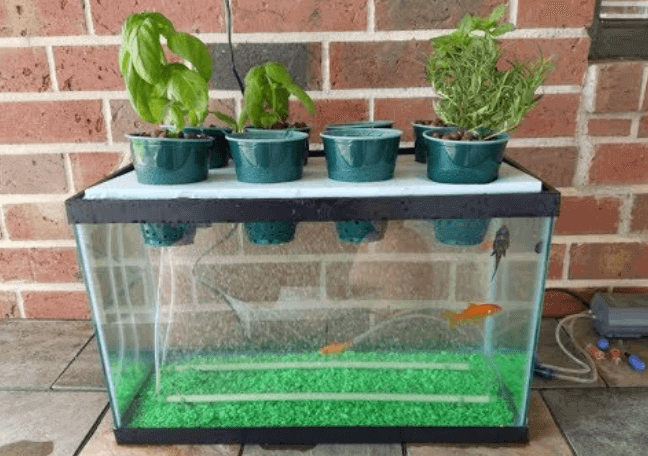
Aeroponics
It is also a high price watering system. The framework included interfacing slender lines of pipes under the roots of plants in every level. The lines will splash the roots with a combination of fertilizer and water to take care of and feed them. The aeroponics systems saves a ton of fertilizer and water, making it a long run cost effective solution.
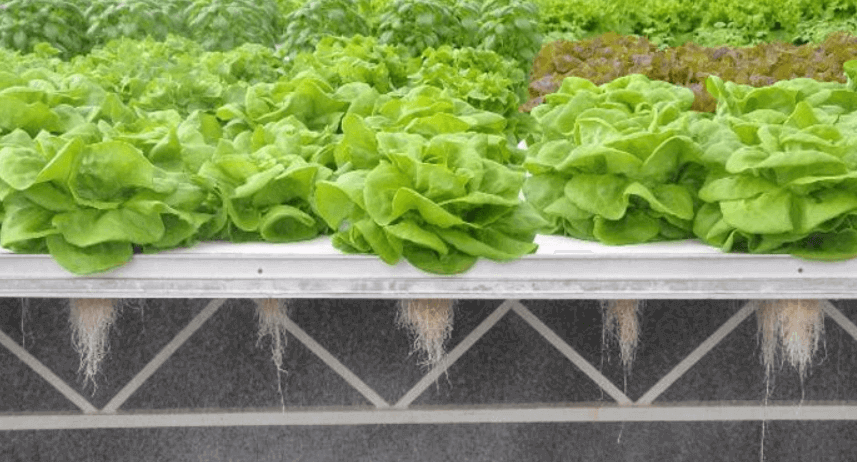
Hydroponics
This system is like the aquaponics system where the plants sit in a pool of water consistently. Nonetheless, instead of fishes swimming around, the water is mixed with supplements and nutrients and is continued to circle routinely. This puts a stop to water stagnation, algae and bacteria development. The framework is not difficult to set up and does not cost much like the other two systems.
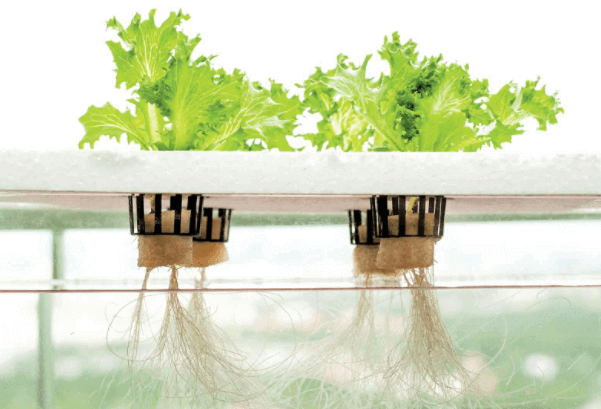
Vertical Farming Equipment
To start a vertical farm at home you will need some equipments. Some of the common equipments are:
- Pipes
- Running electricity for closed rooms
- Soils and fertilizers
- Containers
- Watering cans
- Vertical layered wooden racks with plastic containers
- Steel shelves with hanging containers
- Vertically layered trays
- Tower gardens that are built from PVC pipes
- Wall hanging containers hanged by wood railings
- Tower pots placed on steel racks
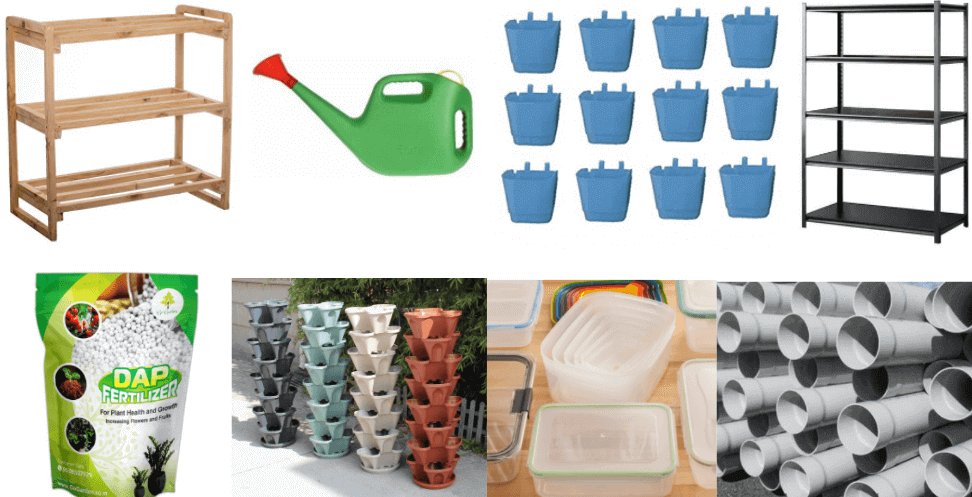
The type of equipment and materials you select will mention either you plant in soil medium or soilless medium or the aquaponics, aeroponics or hydroponics systems. Any method you choose will produce healthy and fresh vegetables and fruits all-round the year.
Vertical Farming Costs

Unlike the traditional gardens and farming where there is no initial costs and can start farming by sowing a seed, but in vertical farming at home costs an amount to start farming. The vertical farming costs is divided into two types of costs, such as, equipment cost and running cost.
- Equipment Cost: The equipments that are required to start vertical farming at home includes the wooden racks, steel shelves, containers, watering cans, PVC pipes, fertilizers, trays, gardening pots, artificial light system, temperature control system and other growing mediums. The equipment prices will based on the market price starting from $5 to $600. The equipment cost is the one time cost.
- Running Cost: Apart from the cost of seeds and fertilizers, there are other costs related. The running cost will depend upon how sophisticated your vertical farming at home equipments are, the higher the cost of equipment the more the running cost gets. It will also consider the electricity bill if using closed room vertical farming.
So, here it is discussed about what is vertical farming, vertical farming at home, scope and need of vertical farming, benefits of vertical farming at home, how to do vertical farming at home, vertical farming equipment, vertical farming systems and vertical farming costs.
FAQ >
Q. What are the benefits of vertical farming?
Ans: The key benefits of vertical farming are space saving, less water consumption, environment controlled and more crops.
Q. What is indoor farming?
Ans: The indoor farming is a common term used for vertical farming at home where the plants are stacked vertically.
Q. What is the temperature needed for growth of plants in vertical farming?
Ans: There is no constant temperature in vertical farming. For every types of crops and plants the temperature is different.
Q. Can I grow pulses in a vertical farm?
Ans: Yes, you can grow pulses in a vertical farm.
Q. Can we grow potatoes in soil medium based in vertical farming?
Ans: Yes, you can grow potatoes in soil medium based in vertical farming, but there is one case that the soil should be deep for some inches.
Q. How many days it took for growing vegetable in vertical farming?
Ans: There is no fix duration that how long the vegetables would take to grow, but it is known that it takes less time than the traditional farming.
Q. What are the general requirements for a vertical farm building?
Ans: The general requirements for a vertical farm is that, a properly closed area or room or an warehouse is needed where there should be the ability to control the temperature and humidity.
You Might Like >
Scope of Irrigation Engineering
For more information click here.
